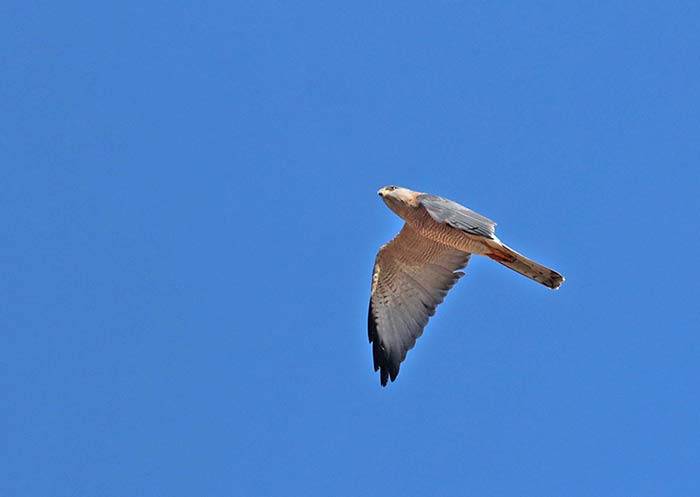Volunteering In Lebanon
A guest blog by Valentine Moser from Switzerland
This autumn I spent two weeks volunteering in Lebanon in support of the project RaptorCountLebanon2019. Watching from our viewing platform overlooking Beirut and the Mediterranean Sea was a great experience! I learned a lot about organizing such a project, bird migration, counting raptors and conservation in the Middle East. It was also a great opportunity to show migrating raptors to our new Lebanese friends who visited us.
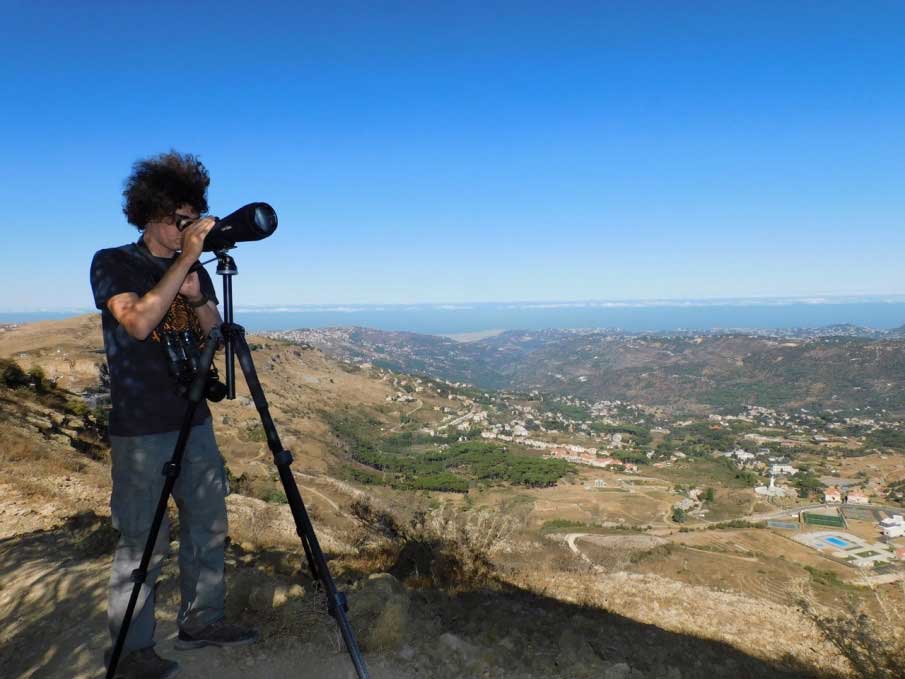
Lebanon’s location in the middle of the “bird highway”, the bottleneck between the Mediterranean Sea in the West and the desert in the East, makes it a hotspot for bird migration. Besides millions of passerines, there is also a huge migration of raptors and other soaring birds such as pelicans and storks. This is one of the great spectacles of nature that I was very happy to experience in the skies of Lebanon!
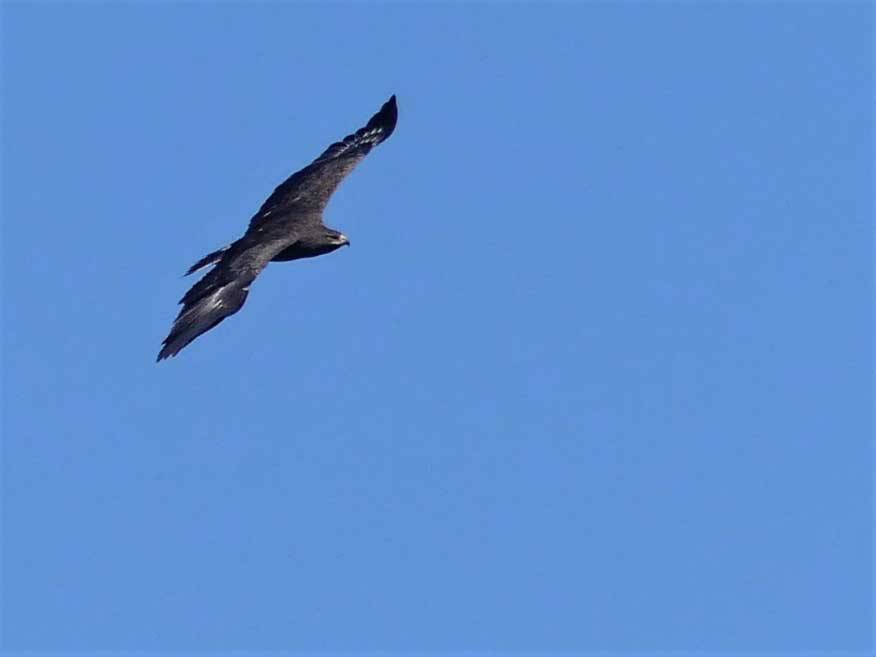
Our count site was situated in the Hima of Hammana in the Mount Lebanon range northeast of Beirut. Depending on the weather we were counting all day long. Highlights I experienced included the 5th and 7th Crested Honey Buzzard for Lebanon, 17 species of raptors and a Lesser Spotted Eagle successfully catching a dove. When counting is slow, there were lots of things to do, really helped by the fact of the count site being in a Hima. This name is an Arabic term for an area officially set aside for the conservation of natural resources, notably fields, wildlife and forests. In the Hammana Hima hunting was banned. Therefore there were always a few interesting migrants resting in safety, including my highlight Cream-coloured Courser.
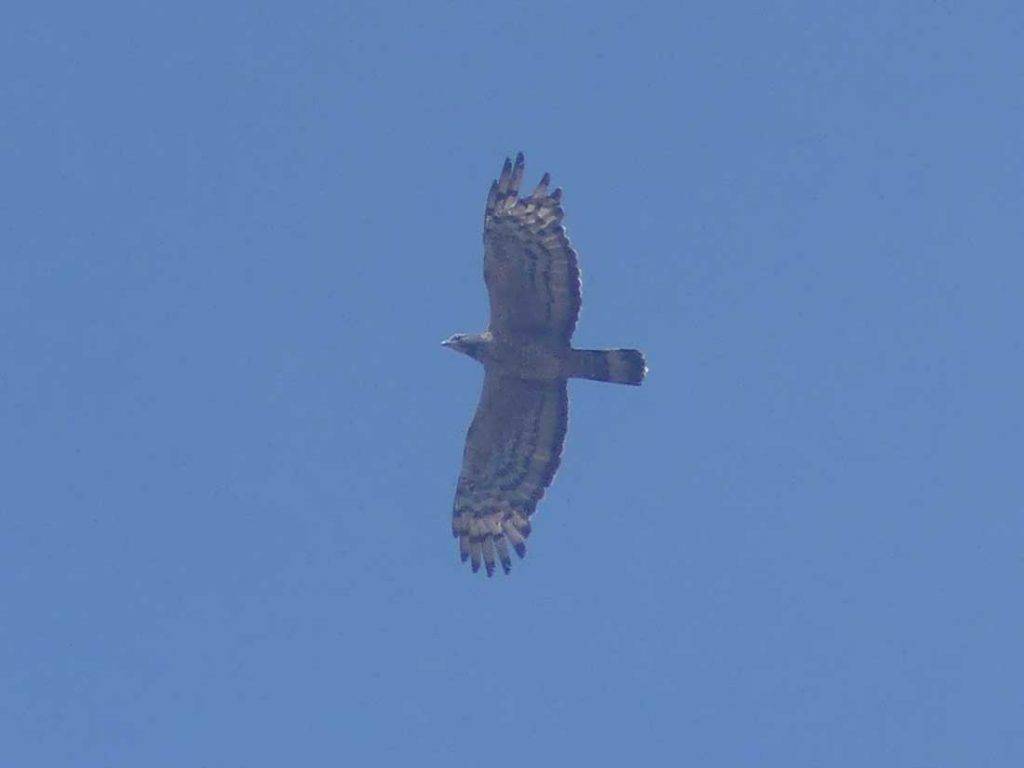
Besides the international volunteers, local birdwatchers, as well as other interested people and decision makers were regularly visiting the count site. It was very interesting to discuss and enjoy nature together. I hope we sparked the fire for birdwatching in some of them! Illegal hunting is a big problem in Lebanon and initiatives like this project is one way to do something about it. Change, coming from inside of Lebanon, is happening, but it will be a long way. The community of Hammana, the pretty little town where the count is based, has declared itself a safe haven for birds and is very strict against illegal hunting.
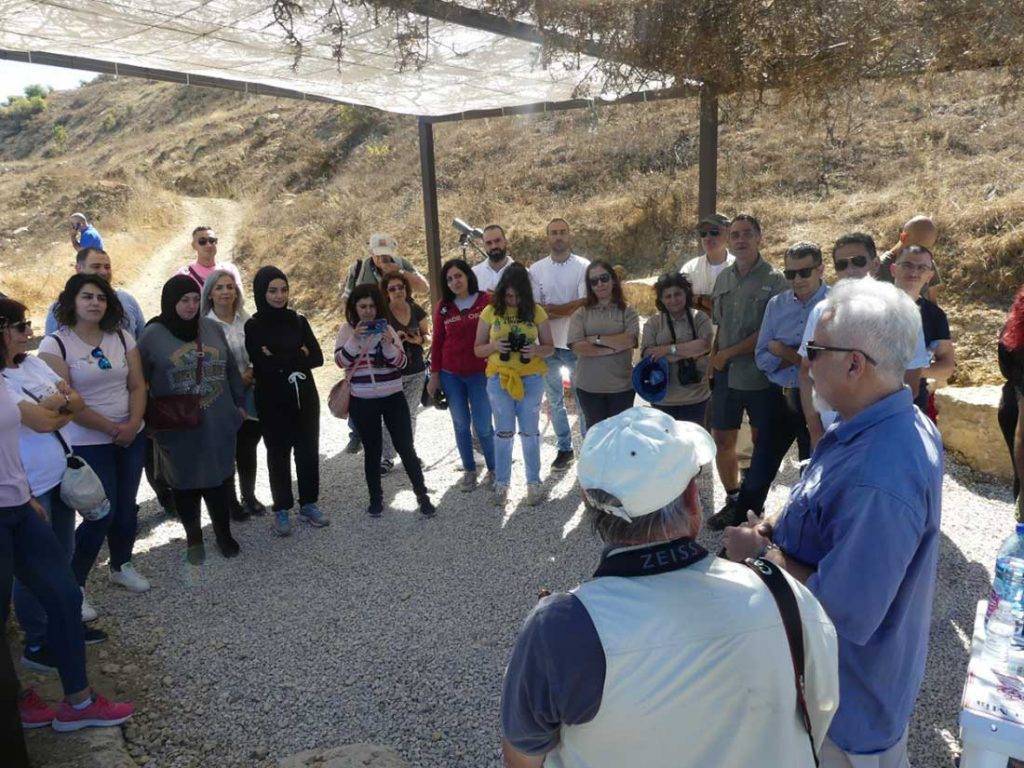
Lebanon has great potential for birding and ecotourism. The migration is easy to see and the resident species are attractive as well. I was happy to get some good views of Syrian Serins in Anjar and do some wetland birding in Ammiq wetland.
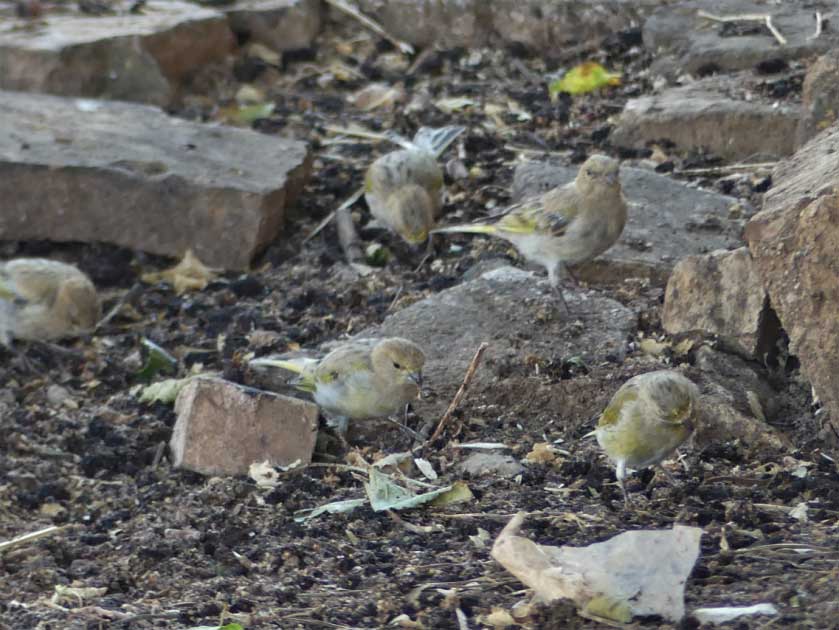
The people of Lebanon have incredible hospitality and wonderful food! The combination of all these experiences made this time unforgettable and I am very happy I had the chance to experience #raptorcountlebanon2019!
Finally I would like to thank the communities of Hammana and Ras El-Matn for their hospitality, as well as BirdLife Switzerland, BirdLife Sweden, SPNL and OSME for organizing and supporting the project.
